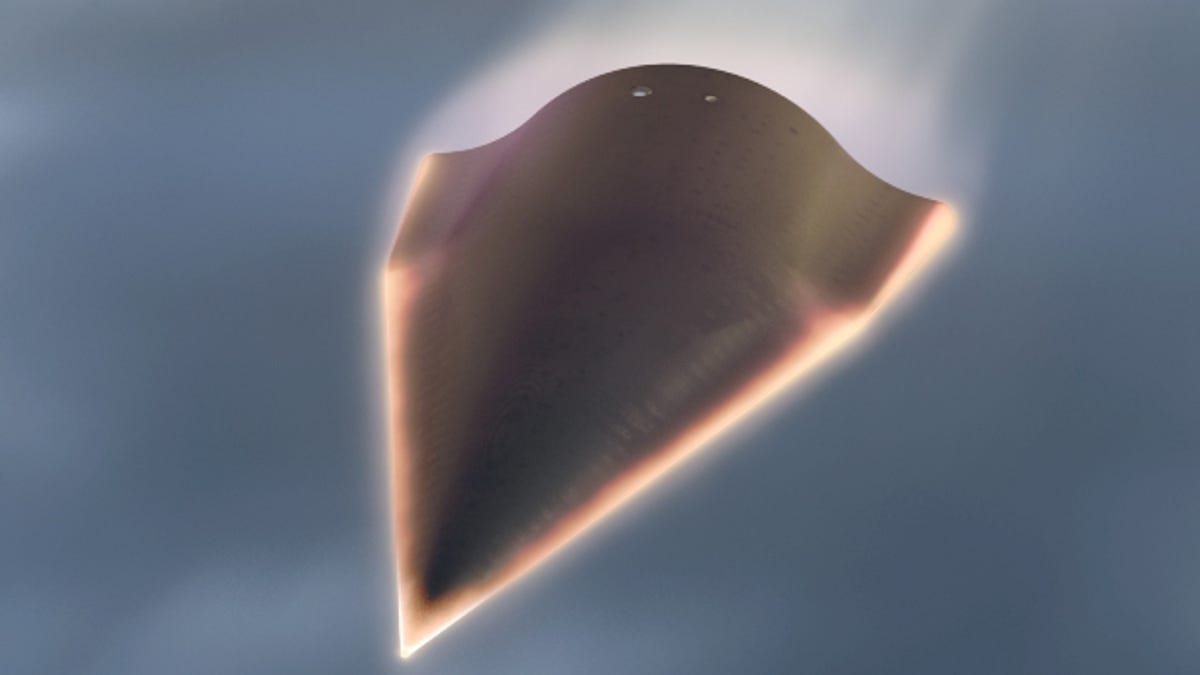Hypersonic bomb: One-hour delivery?
The U.S. Army's Advanced Hypersonic Weapon can travel about five times the speed of sound and strike anywhere on Earth in less than an hour.

The U.S. Army has successfully tested a hypersonic aircraft that can travel five times the speed of sound and reach anywhere on Earth in under an hour.
Described by the Pentagon as a "glide vehicle, designed to fly within the earth's atmosphere at hypersonic speed and long range," the Advanced Hypersonic Weapon (AHW) was launched aboard a rocket from the Pacific Missile Range Facility in Hawaii.
It hit a target at Kwajalein Atoll in the Marshall Islands, some 2,300 miles away, in less than 30 minutes, according to Department of Defense and AP reports.
Hypersonic vehicles are assumed to fly faster than five times the speed of sound, roughly 3,800 mph. Unlike a missile, the glide vehicle can be maneuvered.
"The objective of the test is to collect data on hypersonic boost-glide technologies and test range performance for long-range atmospheric flight," the DOD said in a release. "Mission emphasis is aerodynamics; navigation, guidance, and control; and thermal protection technologies."
The weapon is part of Conventional Prompt Global Strike (CPGS), a program that would give the U.S. the power to strike anywhere in the world with conventional weapons in less than an hour.
DARPA's Falcon Hypersonic Technology Vehicle 2 (HTV-2) is also part of the program. Although it failed a test in August, data was used in planning the AHW flight.
The Pentagon has spent $239.9 million on the program this year, including $69 million for the AHW, according to a Congressional Research Service report.
"These weapons would not substitute for nuclear weapons in the U.S. war plan," it said, "but would, instead, provide a 'niche' capability, with a small number of weapons directed against select, critical targets, which might expand the range of U.S. conventional options."

